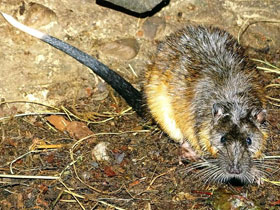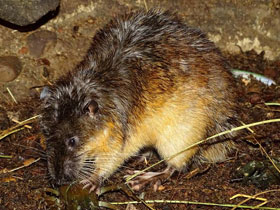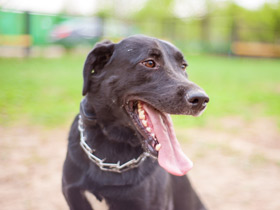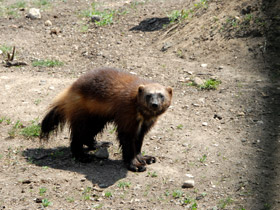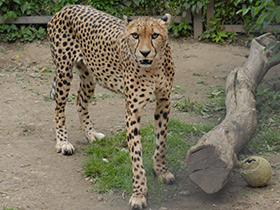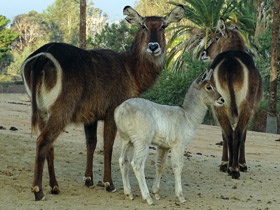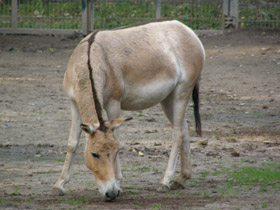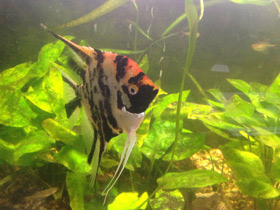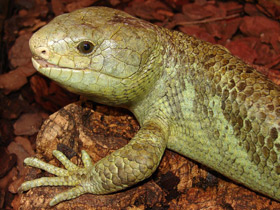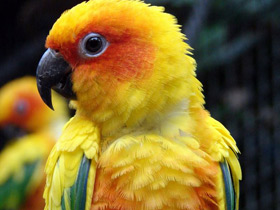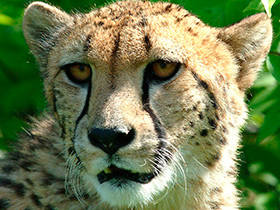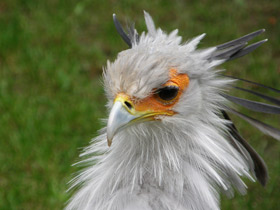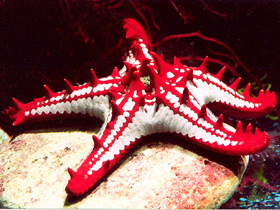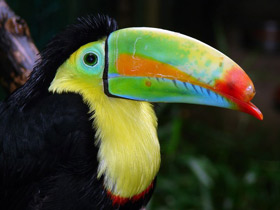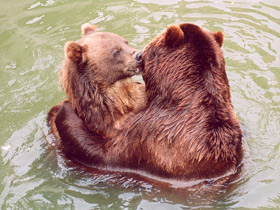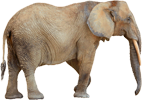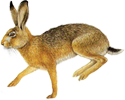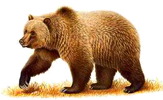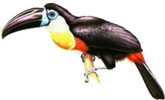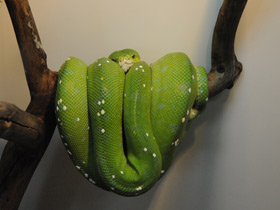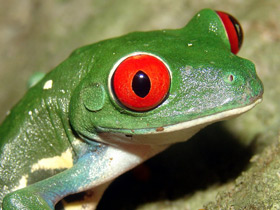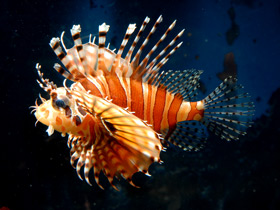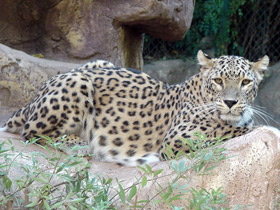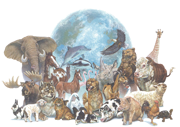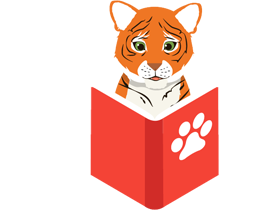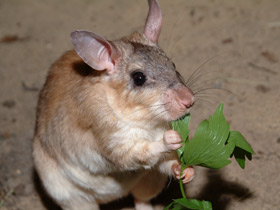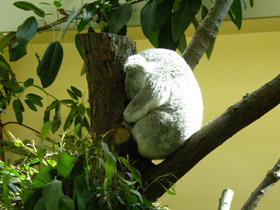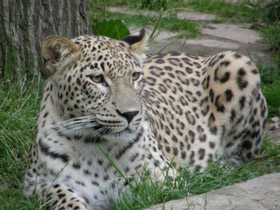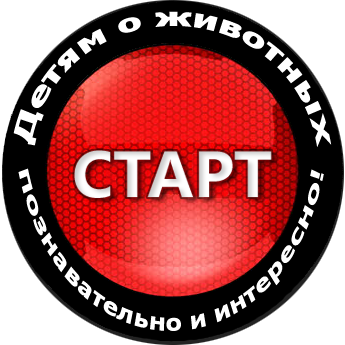Rakali (Hydromys chrysogaster), rabe or water-rat
The rakali (Hydromys chrysogaster), also known as the rabe, the "Australian Otter" or water-rat, is an Australian native rodent first scientifically described in 1804. Adoption of the Aboriginal name rakali is intended to foster a positive public attitude by Environment Australia.
Description, habitat and appearance
Hydromys chrysogaster is a large rodent that ranges in weight from 500 g to 1,300 kg. The body length of this rodent reaches 21-36 cm. It is a member of a subfamily of semi-aquatic rodents that inhabit Australia, New Guinea and adjacent islands.
The fur of Hydromys chrysogaster, as in many aquatic animals, consists of stiff spinous hairs and a very thick and soft undercoat. The colouration of the upper body is dark brown, almost black, while underneath the fur is light yellow or bright orange. The tail, dark in the main part, is 20 to 36 cm long and covered with hair. Ears are small, nostrils extended forwards and upwards to allow breathing by submerging the rest of the body under water. The paws, broad and webbed, are well adapted to swimming.
Social behaviour
Hydromys chrysogaster live in rivers, lakes, swamps and even in estuaries on the sea coast and among mangroves. Sometimes they do not avoid anthropogenic areas either, and even derive some benefit from the environmental changes that accompany human activity. Hydromys chrysogaster spend the day in a nest in various terrestrial shelters or in coastal burrows. At dusk, they hunt.
Their main food is aquatic insects (beetles, dragonfly larvae, etc.), molluscs, crustaceans, fish, amphibians and reptiles, as well as coastal plants. It is not uncommon for them to find a duck or shepherd's nest with eggs, or even drag a small water bird underwater.
Breeding
In early spring, the female gives birth to 4 or 5 cubs, which she feeds with milk until they are a month old. The young are fully grown only after a year, but even earlier, at a weight of 400-600 g, they can already breed. Hydromys chrysogaster is protected.
Common names
Until the 1980s, this species was commonly known as "water-rat" (also "common water-rat", or "golden-bellied water-rat", but during the 1990s there was a push for such descriptive English common names to be replaced with indigenous names. In 1995, the Australian Nature Conservation Agency released a document in which the following indigenous names were recorded for H. chrysogaster. They recommended that "rakali" be adopted as the common name, and the Australian Department of Environment and Heritage has taken up this suggestion. Both common names are now widespread.









